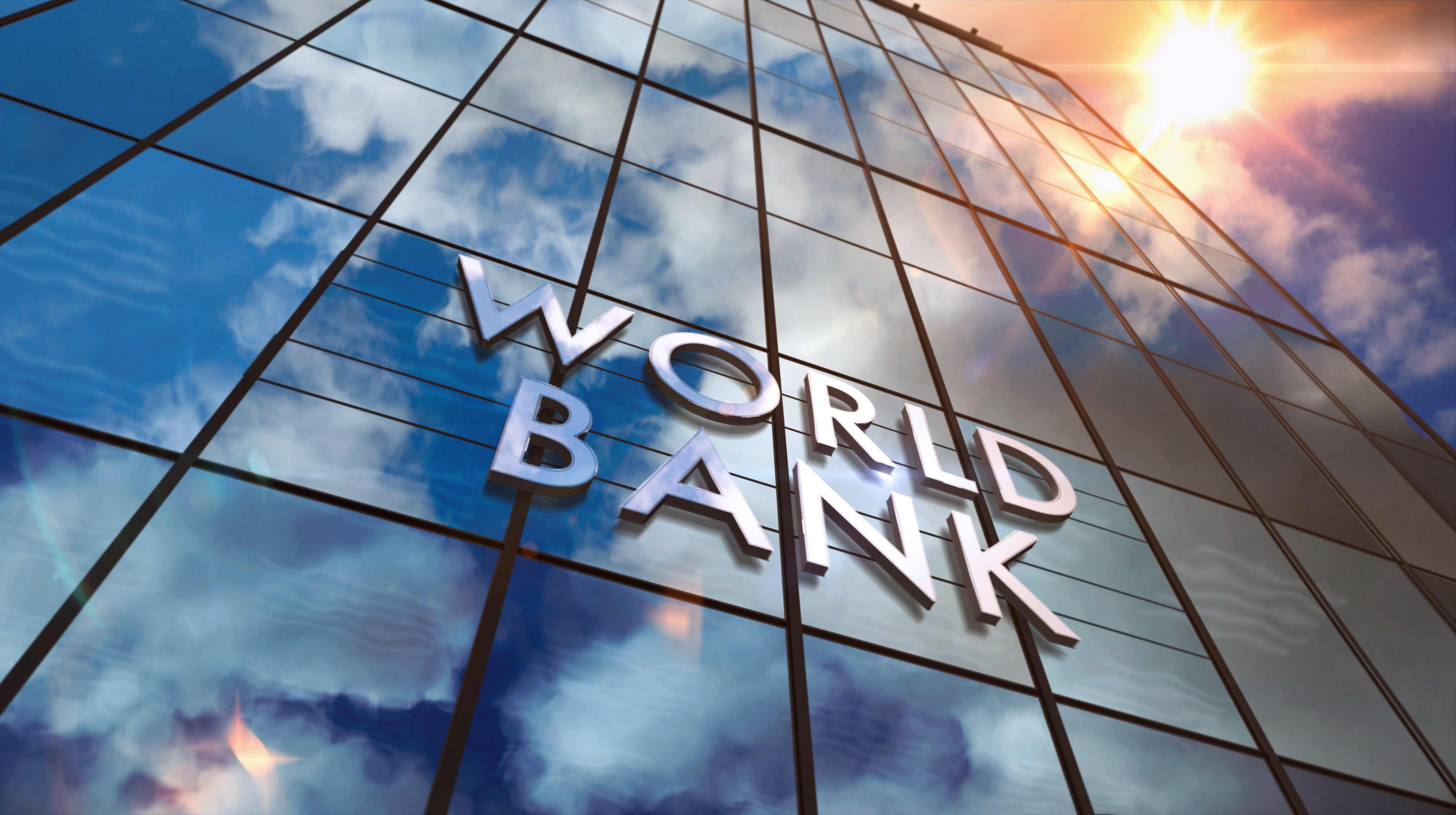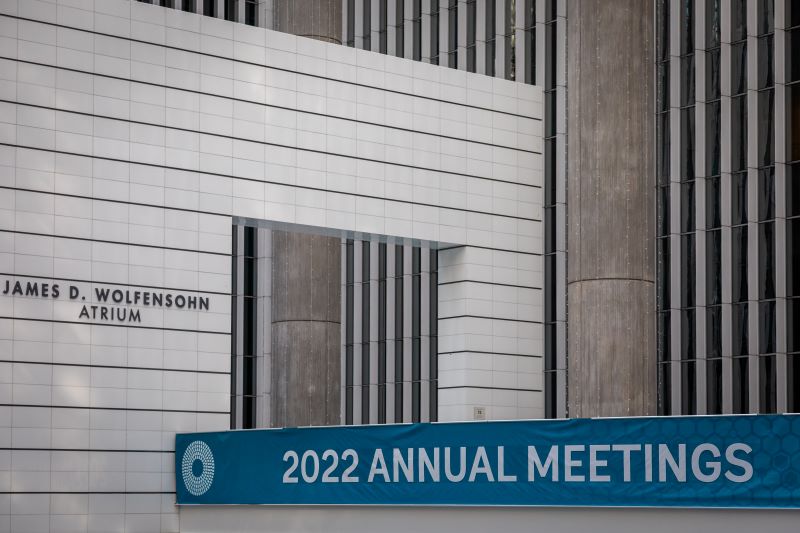Recommended
The World Bank’s draft Roadmap for reform is the institution’s initial attempt to respond to the challenge laid down by major shareholders, led by the US, to respond forcefully to the crisis of climate change and to reinvent itself. In our view, the draft doesn’t respond sufficiently to that policy imperative, and in fact seems to be too much “business as usual” in content and too defensive in tone. The World Bank’s senior management appears to view an accelerated response to the climate challenge as somehow antithetical to its established priorities of poverty reduction and shared prosperity. Nothing could be further from the truth. Long-term development progress means dealing with the impacts of climate change and not dealing with them effectively will harm the poorest citizens in developing countries the most.
We address five fundamental issues that the World Bank management needs to tackle in revising the Roadmap to advance a reform agenda: (1) the strong development case for climate action; (2) the need for World Bank leadership on climate financing; (3) a few operational changes that can facilitate a climate-focused reform agenda; (4) matters related to the quantum of resources needed and how to secure them; and (5) the urgent case for a coordinated global effort to deal with climate change issues for the benefit of all World Bank countries. We hope that our observations will foster productive conversations with shareholders and improve the chances that the World Bank can successfully secure a capital increase as well as other funding that are the sine qua non for much of what a repurposed World Bank would wish to achieve.
1. The development case for climate finance
The World Bank has successfully pursued its twin agendas of poverty reduction and shared prosperity using the country-based model. The addition of climate change goals at the global level need not conflict either with those goals or with the means to achieve them. Indeed, ignoring climate-related issues will lower the chances of countries achieving their national development objectives. Sustainability has now been given prominence in the setting of lending priorities, and the World Bank has new tools of analysis, such as the Country Climate and Development Report, that can analytically underpin these efforts.
From the viewpoint of borrowing countries, the revised focus should not be worrying. The country-based focus is deeply engrained in World Bank’s operations, and additional resources, some made available at more attractive terms, will focus on needed adaptation and mitigation efforts at the country, subregional, and regional levels. The point is that additional resources are needed to support long-term national objectives, such as protecting infrastructure assets, safeguarding agricultural production, producing energy in an environmentally healthy fashion, and protecting vulnerable populations. No viable development strategy for the next decade can exclude these issues. The World Bank’s Roadmap should be making this case.
2. Global leadership is a prerequisite
Global leadership begins with deep senior management commitment as well as technical excellence and expertise at the central level to support new development efforts. The World Bank is in a unique position to leverage its country-based engagements with regional and subregional efforts in areas such as sustainable energy production and distribution, water management and flood control, and disaster management that crosses national borders, to name a few. One prerequisite for leadership is new human capital investments. Unfortunately, recent efforts at the World Bank to limit the levels of expert staff are counterproductive and require re-examination. The World Bank can be the “go-to” institution for climate finance if it reasserts this type of leadership, and frankly, the case for additional resources can only be made in parallel with these actions.
3. Operational considerations
There are numerous operational issues that require further elaboration once shareholders make certain fundamental decisions. Only a few can be addressed here. The basic point is that the World Bank has embraced new priorities in the past and it has proven itself nimble enough to make the necessary adjustments in budgets, staffing, and procedures. Consider, for example, past major shifts to prioritize structural adjustment or debt relief. In each of these evolutionary but major reforms, operational procedures were amended, and incentives were altered to shift the institution’s focus. The same resolve is needed today to make the Roadmap a persuasive document.
The document includes the suggestion that the World Bank look at its toolbox of instruments. We agree, but the institution also needs to review its many existing operational requirements and procedures. Simply adding a new priority will not work. In the same spirit, while we heartily agree with the Roadmap’s emphasis on the key role of the private sector, an insufficiently tapped resources, it will take major reforms to achieve comprehensive “One-World Bank Group goals,” as touted in the in the report. This objective has proven to be elusive for some time.
4. Resource issues
A materially greater quantum of resources will be necessary to make a significant contribution to the fight to save the planet—neither business as usual nor incremental reallocations will suffice. There are a variety of possible measures to increase the resource envelop and these need to be simultaneously explored. They include but are not limited to:
- a general capital increase, without which the institution cannot be asked to undertake new responsibilities;
- greater leverage from existing and new capital, as was usefully explored in the paper produced for the G20;
- a single, untied multipurpose fund contributed by interested parties, particularly those making COP27 commitments;
- the possible use of future repayments to both IBRD and IDA through capital market transactions;
- necessary internal budget reallocations and savings.
One objective of the enlarged resource envelop could be to provide funds to bridge the difference in terms between IBRD and IDA loans. This is of particular relevance to middle-income countries (MICs), where climate finance is lacking and where inducements to act on the combined adaptation and mitigation agenda are required. Similar to the program being discussed with South Africa, there are other MICs that face similar climate-related risks, where investments in flood management, sustainable infrastructure, and energy diversification are urgent national priorities. How and when these investments are undertaken can materially affect global climate goals. Therefore, the Roadmap’s positioning of climate actions in a broad context is a useful way to mobilize greater support for the World Bank’s initiative.
5. Global cooperation
A successful Roadmap for reform cannot be viewed in isolation and cannot simply seek to repurpose the World Bank in the area of climate change without also examining some of the existing impediments to more efficient and effective development cooperation. In this context, we argue that the practice of creating new single-purpose institutions and many special funds merits urgent review. The notion of the World Bank as a multilateral development leader on climate finance requires other reforms that combine rather than dilute international efforts and that effectively mobilize private sector financing. The World Bank can crowd-in private funds through imaginative structures and a renewed pipeline of projects. In addition to current environmental, social, and governance efforts, concrete projects with benefits both within national borders and beyond can be attractive to the investing community.
Concluding thoughts
The challenge put to the World Bank to reinvent itself and to place climate change at the center of its development priorities comes at a convenient time in the Bank’s evolution. The World Bank has, according to some critics, been adrift and burdened with too many priorities, too little money in contrast to flush capital markets, and a diminution of technical expertise. The Roadmap can be a galvanizing instrument to sharpen the its focus, deal with some pressing concerns, and reassert its central role as the premier development partner for developing countries across the income spectrum. Seizing the current political opportunity to reinvent, restructure, and recapitalize itself is in our view crucial for the future of the World Bank.
James Adams was Vice President for Operations Policy and Country Services as well as Vice President for the East Asia and Pacific Region, among other posts during his tenure at the World Bank (1975-2012).
Danny Leipziger, Professor of International Business at George Washington University, was Vice President of the Poverty Reduction and Economic Management Network (2004-2009) among other posts during his 27-year career at the World Bank.
Disclaimer
CGD blog posts reflect the views of the authors, drawing on prior research and experience in their areas of expertise. CGD is a nonpartisan, independent organization and does not take institutional positions.
Image credit for social media/web: Adobe Stock







